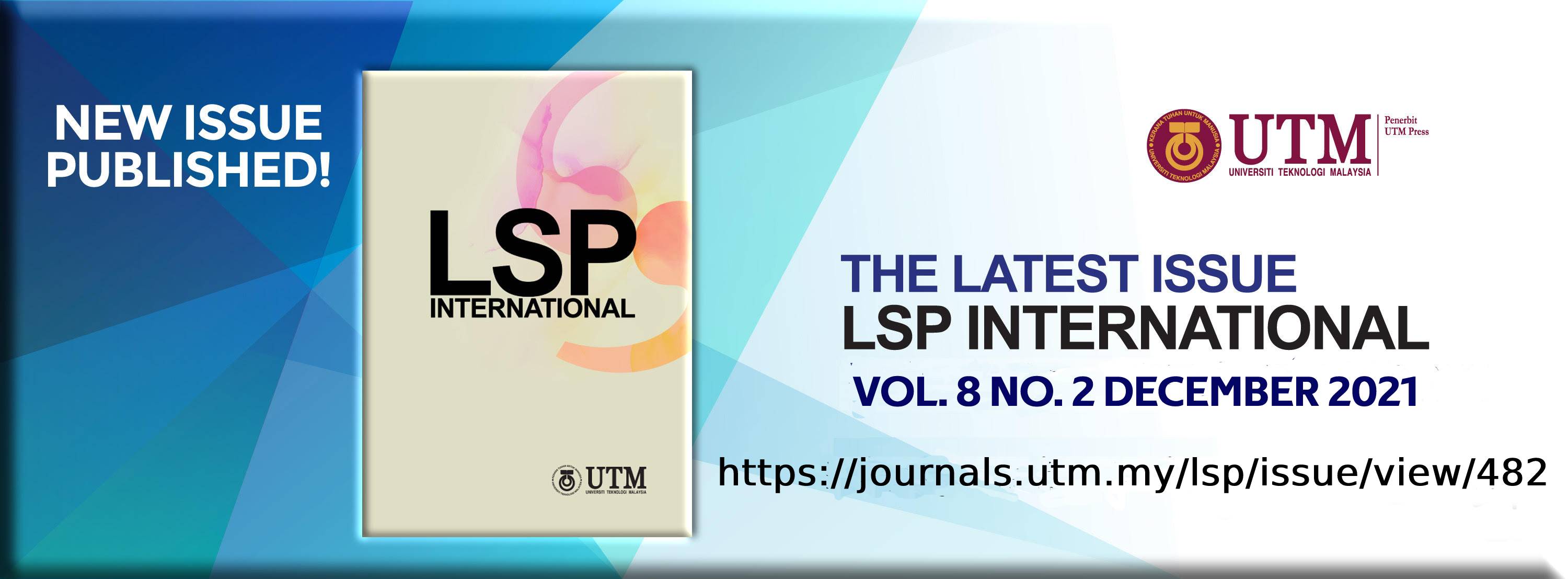Language Learning Strategies (LLS) Implementation of Students and Teachers at a Malaysian Pre-Tertiary Educational Institution
DOI:
https://doi.org/10.11113/lspi.v8.17938Keywords:
Language learning strategies (LLS), descriptive statistics, thematic analysisAbstract
The study which took place at a Malaysian pre-tertiary educational institution aimed at investigating the implementation of language learning strategies (LLS) of its two major stakeholders, namely the students and the teachers. As the study employed mixed-method design, both quantitative and qualitative data were collected as to report the findings. The Strategy Inventory for Language Learning Strategies (SILL) and classroom observation protocol were the two important instruments for this study. A total of 300 students were involved in the study in which the number was determined using Krejcie and Morgan table. The students were divided into two groups consisting of 150 students who passed the institution’s English Proficiency Test, being referred to as ‘EPT-pass’ and 150 students who failed the test, hence known as ‘EPT-fail’ in the study. Four teachers voluntarily involved in the study after invitation to be part of the study was extended to all teachers at the educational institution. Analysis of data was done using descriptive statistics (mean and standard deviation scores) and thematic analysis. The findings showed that students employed indirect language learning strategies more than direct strategies with EPT-pass group recording (M=4.084, SD=0.625) and EPT-fail group with (M=2.722, SD=0.466). It was apparent that metacognitive strategies (M=4.361, SD=0.954) were EPT-pass group’s most employed strategies while EPT-fail students implemented affective strategies (M=3.077, SD=0.399) the most. Additionally, LLS were undoubtedly embedded into the lesson implementations of the four teachers whose lesson implementations were observed. The study implies that LLS play fundamental part in the teaching and learning of English and should be directly nurtured and embedded into English language classrooms to ensure more effective implementations.
















